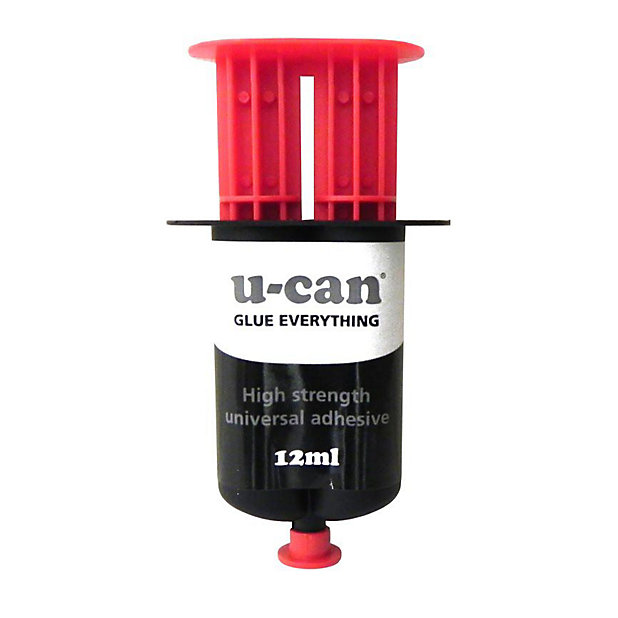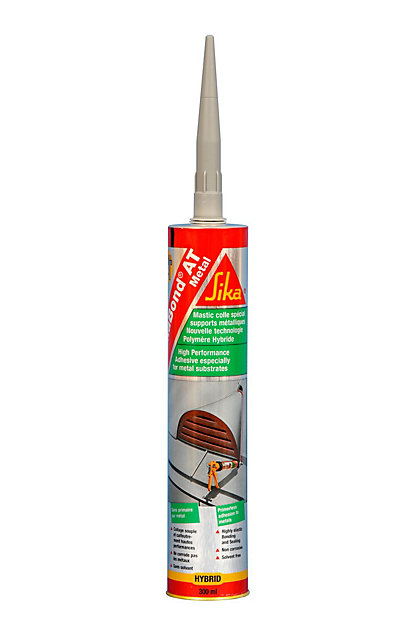The first rule is. Hot-dipped galvanized nails should not be fastened using a high pressure nail gun due to the risk of damage to the coating during firing.

Galvanized Construction Angle Bracket Galvanized Nails Angle Bracket Custom Metal
For the highest quality galvanized nail look to see if it is ACQ approved which indicates the nail can be used with ACQ pressure treated lumber.

Galvanized nails in pressure treated wood. For screws we recommend using ones that have a protective coating that is designed for use with pressure treated lumber. The chemicals used to treat this wood have been revised in 2003 to remove some of the potential harmful elements in the pressure treatment. The hot-dip galvanized coating provides a thicker layer of zinc than other zinc-coated fasteners.
Never use sheet rock type screws or steel screws without any plating or coatings on them. The Hot Dipped Galvanized nails offer superior corrosion protection in all pressure-treated lumber Use for exterior applications such as framing of sill plates and recreational decks Paslode Plus coating around the head and shank reduces staining streaking and nail discoloration by 80 compared to traditional hot-dipped galvanized nails. Galvanized siding nails are good replacements for original rusted siding nails if the siding is pine or Douglas.
But in FHB 178 p. Hiltity your PT down then box nail your wall and then kick it up as if you where building from scratch then you can use galvanized by hand. According to tests designed and approved by the American Wood-Preservers Association the new treated lumber is more corrosive to fasteners than the old CCA treated wood.
The key is to look on the package for a G-185 designation which refers to the thickness of the galvanization. Source FWIW everything you ever wanted to know about pressure treated wood here. The 2006 International Residential Code states Fasteners for pressure-preservative and fire-retardant-treated wood shall be of hotdipped zinc-coated galvanized steel stainless steel silicon bronze or copper.
Common metal parts used with pressure treated wood are connector plates joist hangars bracing plates and fasteners of all types. Independently proven leader in galvanized fastening Premium corrosion protection and reduced streaking in all pressure treated lumber. However the zinc in galvanized nails reacts chemically with cedar and redwood.
Nail manufacturers recommend that you go with aluminum or stainless steel fasteners when youre using either of these woodsand whenever youre using pressure-treated wood. 7 In general the codes require fasteners to be of hot-dipped zinc-coated galvanized steel in accordance with ASTM A153 type 304 or 316 stainless steel silicon bronze or copper. Recent Breaktime threads about joist hangers and the new pressuretreated lumber indicate that some builders use only stainless-steel joist hangers and nails.
The manufacturers of ACQ CA ACZA and CCA and the treated wood industry are all recommending hot-dipped galvanized nails and stainless steel nails and screws with their treated wood products. Hot-dip galvanized steel can withstand the harsh chemicals and slow the corrosion rate. Moisture and salt air are two factors that increase the corrosive action of the copper on the galvanized coating.
For most applications however best nails for pressure treated lumber are either hot dipped galvanized nails and bolts. Hot-Dip Galvanized Steel in Contact with Treated Wood. High copper content in the preserved wood was in contact with galvanized fasteners and hardware dissimilar metals.
Never use common or bright finished nails. Nail manufacturers recommend that you go with aluminum or stainless steel fasteners when youre using either of these woodsand whenever youre using pressure-treated wood. The preservatives incorporate salts that react with the zinc.
However many fastener manufacturers now offer hot-dipped galvanized screws nails hangers and brackets under a variety of brand names. The second plate will give you the room to be able to flip the wall up and not get hung up on the bottom of the joists above. Copper is the Culprit Since most pressure-treated lumber is used where moisture is present outdoors crawl spaces and basements the perfect storm for galvanic corrosion was created.
Never use common or bright finished nails. The coating weights for zinc-coated fasteners shall be in. For most applications use either hot dipped galvanized nails and bolts or for screws it is suggested to use ones that have a protective coating that is designed for use with pressure treated lumber.
Depending on the type of pressure treating the wood was subject to will in part determine the type of fasteners that can be used. For HDG nails ensure the nail meets ASTM A153 specifications for hot dipped galvanizing. Our industry leading nails are designed and manufactured to match the specs of Paslode nailers so your nailer will run smoothly with fewer misfires and jams while driving flush even into the toughest materials.
This has been the position of this industry for years and their position has not changed with the transition to the alternative copper-based products. As a minimum nails for wood treated with a copper-based preservative must be hot-dipped galvanized in accordance with ASTM A153. 30 Mike Guertin uses a self-sticking waterproofing membrane Vycor.
Pressure treated wood is often used for construction areas that will be exposed to the weather or in high moisture areas. Anything less than a G-185 level is. Hot-dip galvanized or stainless steel fasteners anchors and hardware are recommended by the Preservative Treated Wood Industry for use with treated wood.













